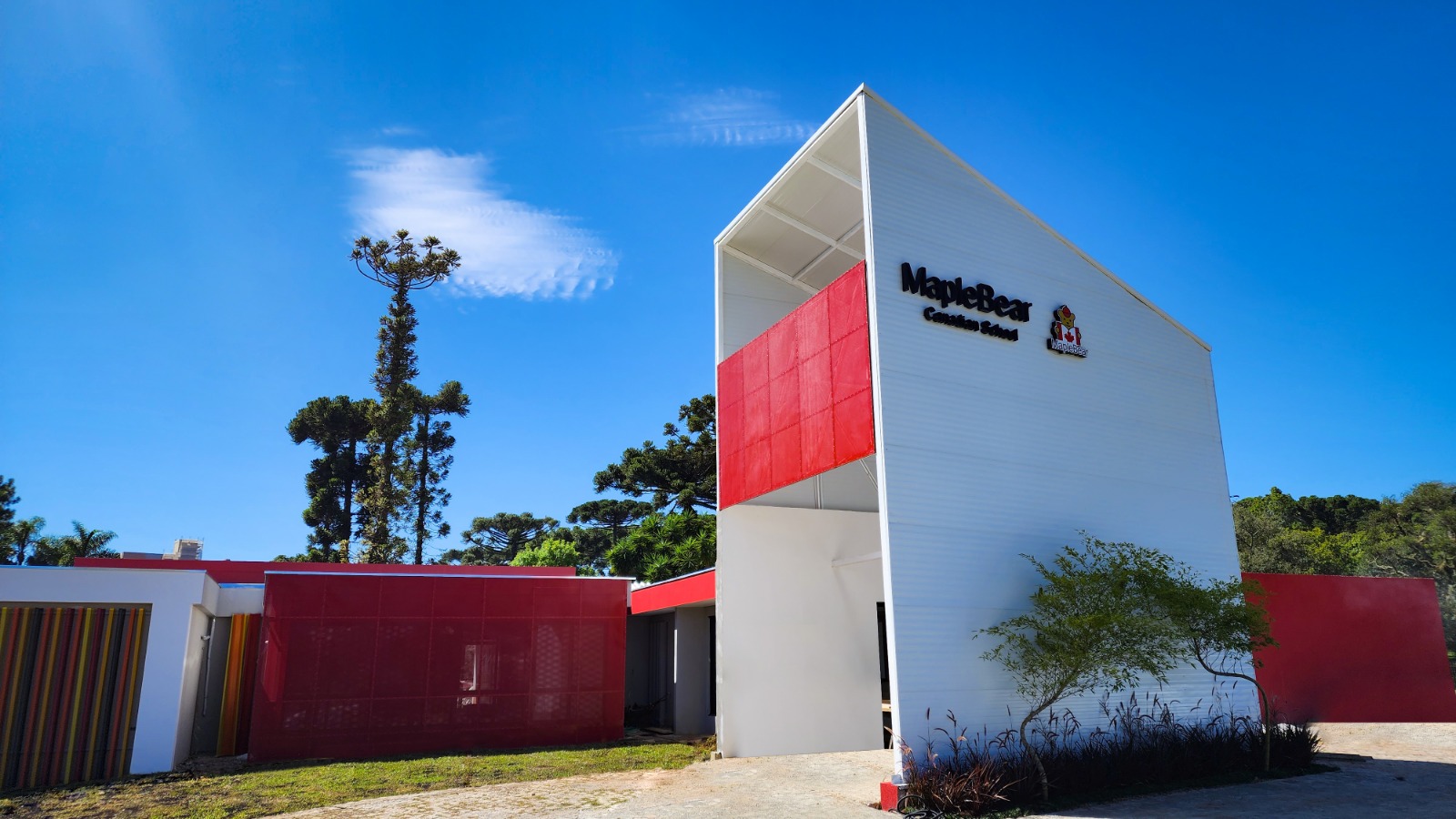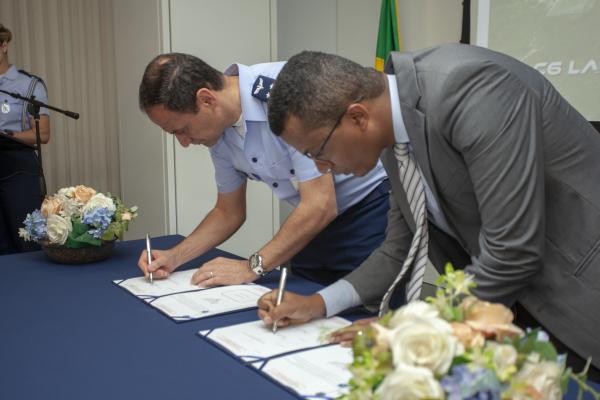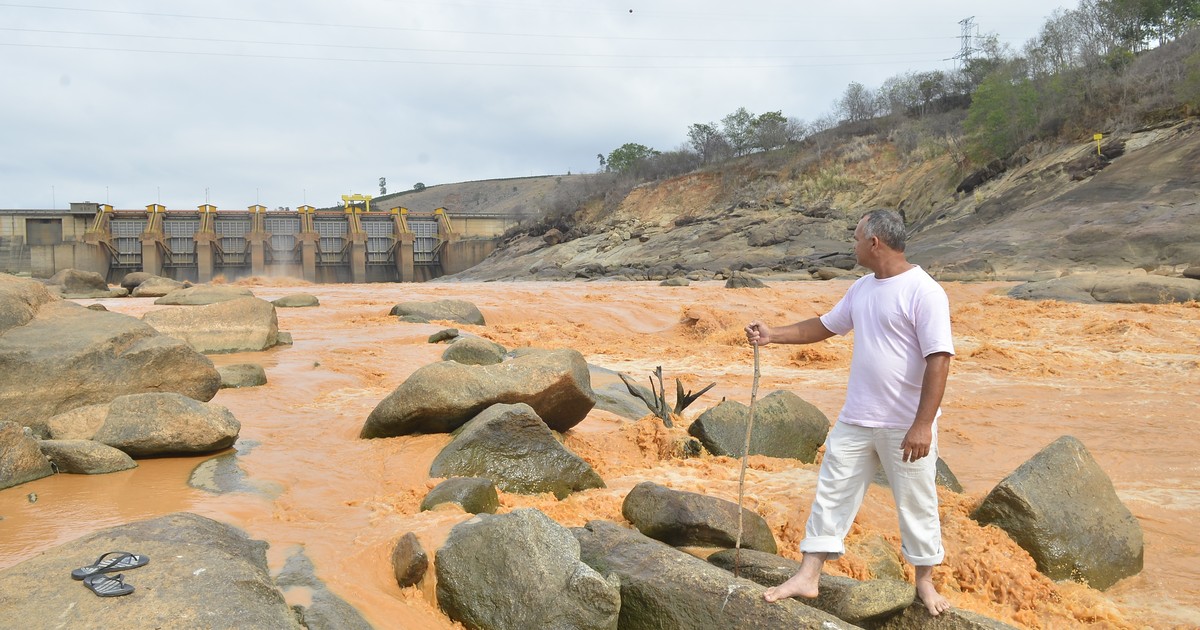Families in São José dos Pinhais who want to provide a second language immersion experience for their children can now count on one of the best educational models in the world, Canadian.
Maple Bear São José dos Pinhais is located in the Aristocrata district, on an area of more than 8,000 m², generating more than 30 direct jobs. With places available for pupils aged 1 to 4, which should start in February this year, the school is starting its activities with early childhood education, but already with a project to expand the cycles for the years to come, following the model of the network .
In this first phase, the school will have two teams and will receive up to a maximum of 60 students, focusing on the individual development of each of them. The project is led by businesswoman and psychologist Ana Andrea Landeiro Gariani and doctor Cláudio André de Andrade Gariani. the two partners of a family group of investors with companies already consolidated in Brazil.
INNOVATIVE
“Maple Bear will be the first bilingual school with a Canadian methodology in São José dos Pinhais. We decided to invest in the field of education, because our children grew up in this methodology and we fell in love with it. We have seen, in real life, how this methodology is transformative, creating empowered global citizens. We saw here in São José dos Pinhais the opportunity to realize a dream: To bring this true bilingual education to the greatest number of families, which transforms the lives of children, leaving them capable of having a brilliant educational and professional trajectory, both in Brazil abroad,” underlines Ana Andrea.
DIFFERENTIAL
Worldwide, the network is present in 35 countries and has more than 550 schools, including 160 in Brazil alone, and more than 50,000 students in kindergarten, primary and high school.
Maple Bear’s big difference is its Canadian methodology, one of the best in the world according to PISA (Program for International Student Assessment), an examination carried out by the OECD (Organization for Cooperation and Development). This model is based on three pillars: bilingualism through immersion, the support of Canadian educators and the school program.
IMMERSION
Maple Bear promotes a real immersion of the student, from an early age, in the second language, that is to say that it is not only a question of teaching the other language as an extracurricular complement or inserted in the curriculum as a stand-alone subject.
In this system, the way we learn the native language is reproduced, initially with a period of simple exposure to the language, to first listen and understand the first words, sounds and intonations. Then, gradually, comes the question of speech, with simpler, then more complex interactions. In this scenario, the need to talk and interact with the environment and colleagues is the great engine of learning, also counting on the encouragement and guidance of teachers.
ACADEMIC SPACE
In the academic field, the Maple Bear program emphasizes observation, problem solving and decision making, applying this concept to all disciplines and areas of knowledge, such as language, mathematics, science , information technology, social studies, music and art. In this setting, classrooms are large, stimulating and welcoming, filled with manipulatives and learning centers. The student is placed as the protagonist of his learning, thus developing an applied vision of knowledge and greater autonomy in daily life.
To ensure adherence to this model, experienced Canadian educators frequently visit schools, ensuring the application of the curriculum, courses and a detailed quality certification process, the maple bear of quality assurance.

“Typical zombieaholic. General twitter fanatic. Food fanatic. Gamer. Unapologetic analyst.”






